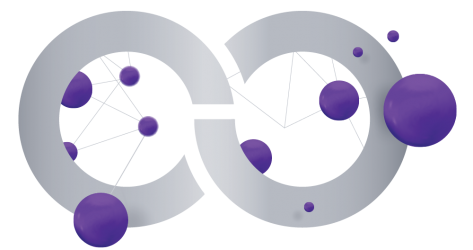For the last three years, the Hypatia Project brought together a group of educational practitioners, scholars, business people and policy makers with a diverse set of backgrounds and expertise coming from 13 countries in Europe and Israel. The aim: to engage citizens around Europe and beyond to build a European society that communicates science to youth in a gender inclusive way in order to realise the full potential of girls and boys around Europe to follow STEM related careers.
During the three years of Hypatia, teenagers and adults alike engaged with the activities, hub discussions, events, seminars, all coming together to promote gender inclusiveness in STEM: More than 5,500 teachers directly used the Hypatia Toolkit thus resulting to almost 500,000 students engaged in school activities. More than 1,200 head teachers and education decision makers participated in the Hypatia Seminars going well beyond the original expected numbers. Finally more than 65,000 teenagers were engaged in the toolkit activities in the after school activities involving museums and other informal learning organisations across 14 countries. The Hypatia modules implemented by or at industry and research settings involved at the end more than 40,000 teenagers.
Now, the project leaves behind a vast collection of tools to help science engagement organisations to promote more gender inclusive practices:
Hypatia’s toolkit is an accessible, practical and ready-to-use digital collection of innovative activities aimed at teenagers. The collection contains workshops, speed dating, card games, debate scenarios and plays drawn from good practices across Europe. Each activity, called module, has a central focus on gender-inclusive ways of communicating STEM
Hypatia’s Theoretical Framework critically discusses the reasons present-day science education does not attract the required diversity of youth to STEM study programmes. The framework gives rise to a set of criteria for the analysis the gender inclusiveness of existing STEM education activities, or for the design new, gender-inclusive activities.
Lastly, the Institutional Guidelines from the Hypatia project provides concrete suggestions for building institutional capacity for gender inclusion, directed towards staff members, educators and managers of schools, science centres and museums, industry and research institutions who are involved in STEM education , as well as decision-makers and stakeholders in STEM education at the local, regional, national or international level .
Other resources and reports are available here.

